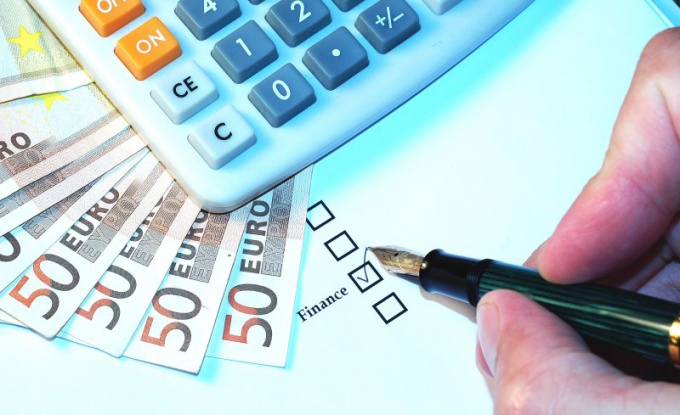Instruction
1
Analyze accounting balance sheet, which data are needed when calculating some of the indicators that determine the type of financial sustainability of the enterprise. The calculation is to determine the availability of the company's sources of formation of expenses and stocks.
2
Determine the amount of own circulating assets (SOS), which is equal to the difference of own capital and noncurrent assets. It is necessary to apply to the balance sheet and the sum of lines 490 and 640, then subtract the value of line 190. The value of inventories and cost (b) is determined by the lines 210-217. Long-term borrowed sources (DP) are reflected in the line 590 and the short-term (KP) - in the line 610.
3
Calculate three indicators that show the security of stocks and expenses by sources of their formation. Determine the shortage or surplus of working capital (PS) which is equal to the difference of SOS and Z. Indicator FD identifies the lack or the surplus of own and long-term loan sources for formation of inventories and costs. It is equal to the sum of SOS and PD excluding Z. the Last value of FO is equal to the sum of SOS, DP and KP minus and Z sets the size of the deficit or surplus on the total amount of the basic sources of formation of inventories and costs.
4
Select the type of financial stability of enterprise on the basis of performance of FS, FD and FO. If the data value is greater than zero, the company is absolutely stable. If only FS is less than zero, then financial sustainability is considered normal. The unstable situation is characterized by the lack of FS and FD and alleges a violation of the company's solvency. The company is in a crisis financial condition, if all three indicators are negative. The firm thus dependent on borrowed funds.
